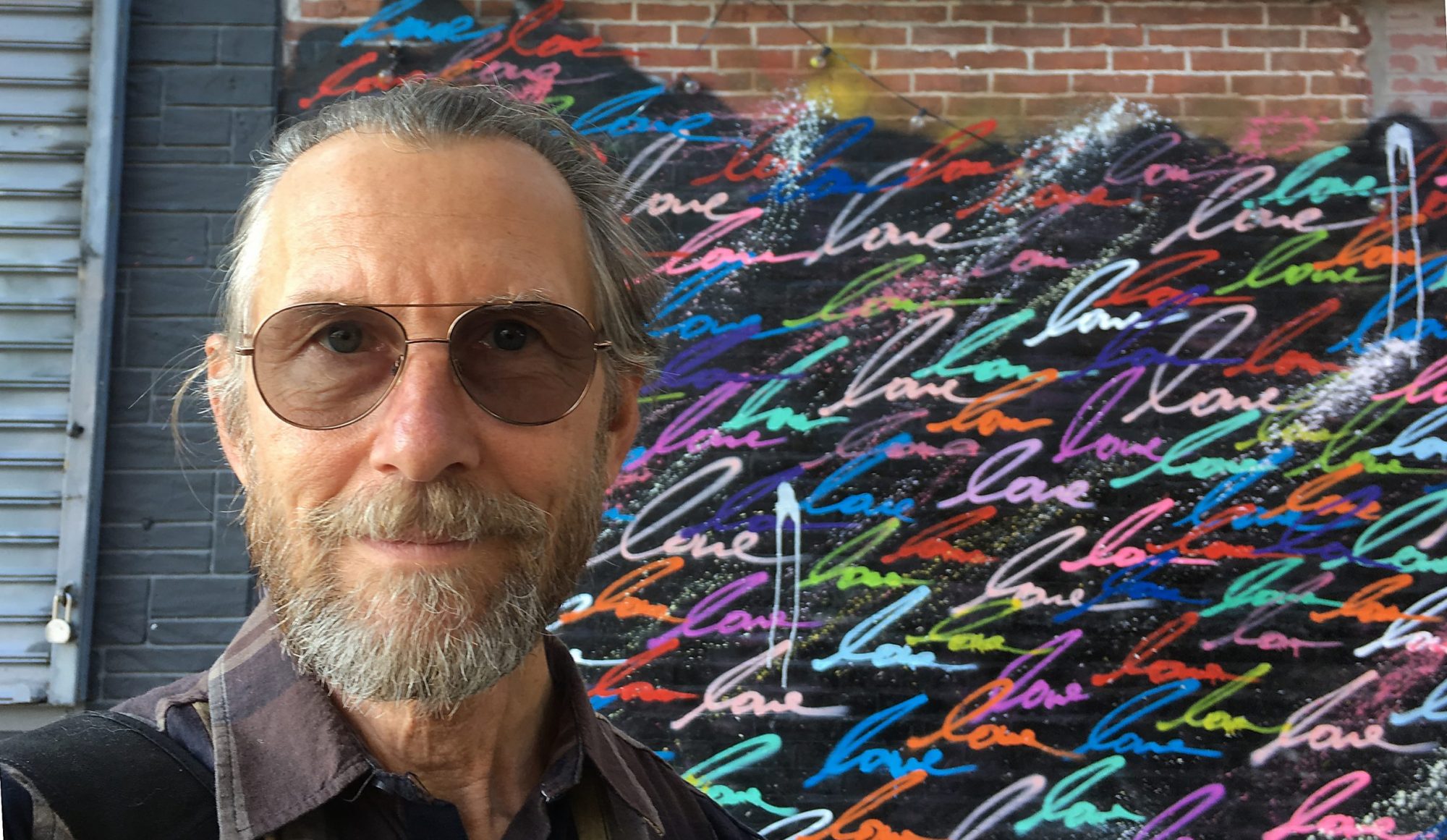An underlying premise of the ISHTA Yoga lineage of yoga in which I teach is that yoga must be tailored to the individual to bring about the desired result. One of the biggest teaching challenges we face is telling students to back off of the drive to accomplish postures and to instead find balance between effort and ease.

A recent New York times article provides a rather sensational warning of the consequences of practices that are unsuitable for particular yogis. In it, the author, William J. Broad, quotes Glenn Black as saying both that he recommends to some students that they stop practicing yoga and that yoga shouldn’t be used in general classes.
I think the Times article goes too far, and will scare people away from yoga who would benefit from it tremendously. It is possible for anyone to practice yoga. From an ISHTA perspective, it would be more appropriate to tell students to expand their idea of what yoga is.
Tantra practices, such as those taught at ISHTA, use whatever is in front of the student as a yoga practice. The asana practices arose from this concept — one’s body is always available as a tool to practice with. But, to paraphrase guidance from my teacher, Alan Finger, while a hammer is a valuable tool to work with, you can destroy what you’re nailing if you keep pounding after the nail is driven. The important thing is to learn the proper use of a tool — and just as importantly, use the tool properly once you have learned how.
In group classes, I often provide numerous options and modifications and invite students to skip sequences; I mention that teachers who take classes are the ones you see who modify and skip. This guidance is a plea to avoid being ego driven. It also invites students to take part of the responsibility for their safety in class.
The challenge for students in taking that responsibility — beyond the ego-drive — is that they don’t necessarily know enough about yoga to make informed choices about their practices. That is why it’s so valuable to study yoga beyond just attending class. Studying privately is valuable for figuring out what is going on in your body and mind; and taking a training, such as ISHTA’s 200-hour teacher training gives students a depth of knowledge that they find transformative, even if they have no intention of teaching.
Alan Finger calls the series of postures at the beginning of meditation class, “pre-meditative,” emphasizing their purpose of bringing inner focus, comfort enhancement, and energetic balancing. I consider all the postures in classes both pre-meditative (as I always end class with meditation) and in some ways meditative in and of themselves. Done with proper concentration, the asana practice is a self study that should be as safe as anything we can do in this mysterious body we inhabit.
So, take a private lesson, take a teacher training, ask questions when the teacher invites them and transform your yoga practice into a self-study that brings you a lifetime of safe movement, balance, and bliss.
Click here for Peter’s class and workshop schedules.
